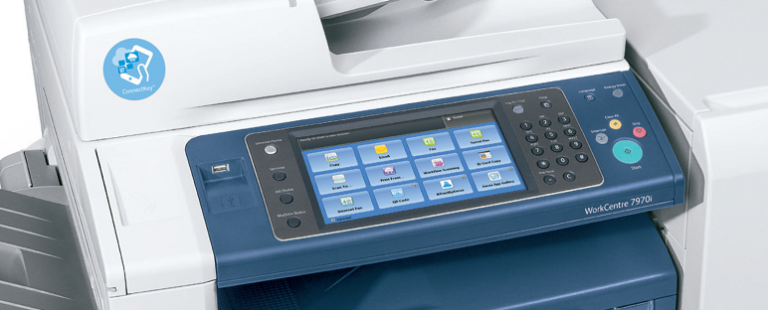David Bates, Vice President, Marketing and eCommerce, Xerox North American Resellers
Here, there and everywhere. Thanks to mobile technology, today’s workforce is getting work done essentially anywhere – from the office to the airport to homes and hotels. In fact, three out of five employees claim they don’t need the office to be productive.1 And according to IDC, it is estimated that 1.3 billion workers will have gone mobile by 2015.2
It’s evident that mobility is a trend that’s not going away any time soon. While many small businesses use mobile technologies, some still haven’t made the leap and run the risk of falling short of competitors. If you’re looking to use mobile technology in your business, where do you start? It may seem like an overwhelming, even daunting task, but it doesn’t have to be. Consider the following tips when creating and implementing a mobile strategy:
- Understand Objectives and Goals. Have a clear understanding of your business’ overall objectives and goals, ensuring you’re choosing the best technology to achieve them.
- Work with a Vendor. The market is flooded with mobile devices, but how do you know which are best suited for your business? Work with a vendor to help you answer these questions and choose the devices that will enhance your business operations.
- Provide Training. Your workforce may have a knowledge gap when it comes to understanding and working with mobile devices. Provide training and support to help maximize, not disrupt, the productivity of your workforce.
- Conduct Assessments. Put a timeline in place for how often you will evaluate your mobile strategy. This will help you assess what’s working, what isn’t working and areas for improvement.
Another trend we’re seeing as part of a mobile strategy is Choose Your Own Device or CYOD. This approach allows employees to choose the device they’d like to use from a pre-approved list of devices, which has been vetted and complies with the business’ security and requirements. Unlike Bring Your Own Device or BYOD, CYOD allows small business owners and IT managers to have more control over the IT inventory, ensuring proper management of security, infrastructure and support. More importantly, CYOD can alleviate security concerns, while providing desired functionality, mobility and flexibility.
Xerox recently invited select small business owners and IT practitioners to participate in an SMB Dreaming Discussion moderated by Gene Marks, small business owner, expert and nationally recognized New York Times columnist. From connectivity issues and security concerns to mobile printing and examples of real-time mobile benefits, Gene and these decision makers have a lot to say about arming a mobile workforce. Check out the video to hear more!
ARVE Error: Mode: lazyload not available (ARVE Pro not active?), switching to normal mode
What are some helpful tips you have for implementing a mobile strategy in a small business?
1 The Rise of Mobility, IDC
2 The Rise of the Mobile Workforce, Mashable


